8 of the Top Tips to Improve Your Quilt Quality
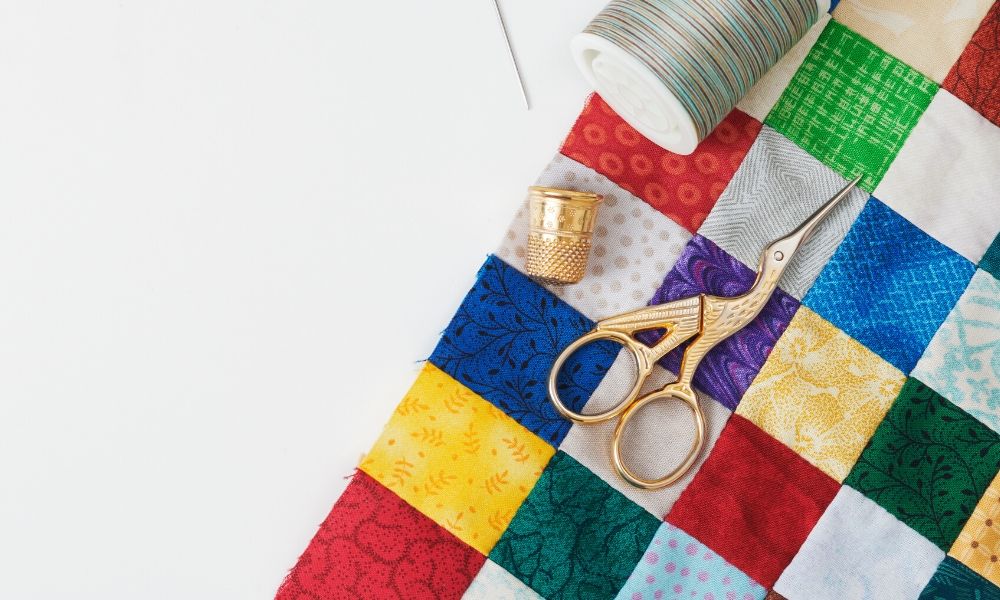

There are always ways you can hone your craftmanship. You can read books by professionals, you can watch video upon video of mistakes and golden technique, you can start project after project. The truth is, there’s not really anything holding you back from being the best you can be when it comes to your craft; there are always ways to learn and improve.
Whether you’re a beginner quilter hoping to transition to advanced, or an advanced quilter hoping to open up shop, there are a few things you can do to refine your work. Below, we’ve listed a few of the top tips to improve your quilt quality. From reading up on color theory to refining your stitching skills, these tips will up the ante on your crafts. Check them out!
Perfect Your 1/4-inch Seam Allowance
Probably one of the most beneficial yet somewhat painstaking sewing practices is perfecting your ¼-inch seam allowance. The more you hone your stitching skills and the slower you begin with it, the better and faster you’ll be in the future. Simply put, the more you practice this—even on a random piece of fabric—the easier it’ll get, and the less you’ll dread this moment while quilting. There are even some products you can use, like ¼-inch tape!
Improve Your Pressing Process
The difference between beginners and professionals in the quilting world often comes down to the pressing techniques. Pressing is essential to ensuring that every segment of your quilt is smooth and even. This means that you’ll need to get a good iron that can go up to high heat for cotton and has a solid steam setting. You don’t want to move the iron back and forth as you would if you were ironing clothing—this will distort the fabric. Rather you want to press up and down on the fabric, so that the fabric maintains its shape.
Utilize Color Theory
You may feel tempted to just go off of what looks good to your eye when it comes to colors and patterns on the quilt. Though this works for some, if you really want a quality quilt, then you’ll be sure to consult with color theory. A color wheel will help you refine which shades of orange go best with which shades of blue and will give you some ideas for color schemes you didn’t even know were possible.
Consulting with a color guide will also help you narrow down which fabrics you’ll be able to utilize in your quilt. Many novice quilters will choose colors and fabrics that look good to their eye, without recognizing that some fabrics and some colors don’t look good when paired together.
Keep a Measurement Book Nearby
Before people start their quilting crafts, they often don’t realize how much numbers come into play with a successful project. The more block components, borders, and quilt sections you add, the more numbers you’ll have to keep track of. You don’t want to have one block component larger than its neighbor—especially if you were trying to keep them the same. Keeping a journal nearby with all of the project’s measurements will help to ensure that you’re keeping things standardized throughout the project.
Don’t Forget About the Back
Especially if you’re working with high-contrast fabrics, you’ll need to watch out for the back. Don’t make the mistake of having the top of your quilt look professional, but when flipped over it’s a bundle of loose threads. You may not be able to tell as well with fabrics of similar shades, but it’s always important to finish off a project by trimming up the back.
Coordinate Batting Color
The batting is the layer of insulation between fabrics. It may not seem like a big deal to use a different color batting than the colors in the quilt, but once pieced together, the batting color could muddy the other shades. For example, if you use white in the fabric, but use an off-white batting, then it will make the white fabric look dirty once quilted. Do your best to coordinate the batting color with the rest of the quilt to ensure that you’ll finish with a clean quilt.
Stay Up-to-Date on New Techniques
If you really want to take your quilts to the next level, then you need to think about the techniques that you’re following. Some techniques you’ve picked up from your grandma, however heartfelt, may not be the best practice to get the best result. As we mentioned, reading up on books is always a great way to stay informed—at Lindley, we have plenty of quilting books for you to look at and learn from.
Apart from books, you can research different skills and techniques that professionals use to hone their craft. For example, if you don’t feel confident in your rotary cutting skills, then take the time to develop those skills. Or if you know that your strip piecing technique isn’t the best, then you can learn some of the key tips on quick piecing. If you think that there’s an element to your quilting process that you are unsure of, then take the time to research ways to improve. In the end, you’re the only one who can make your quilts better quality, and you have to take the time to make them that way.
Be Easy on Yourself
The reason so many people enjoy quilting and crafting is because it soothes and eases tension, anxiety, and overwhelm. When you start stressing over small errors or mistakes made, then that soothing feeling fades away. The most important thing you can do to improve your overall craftsmanship—no matter whether it’s quilting or painting—is learning to forgive yourself and be easy on yourself. Even the people at the top of their crafts make mistakes every now and then. The important thing is learning how to use those errors to improve in the future.
Hopefully following these top tips to improve your quilt quality will help you improve and hone your quilting prowess. For all of your crafting needs, from fabric panels for quilting to rulers and templates, we have everything you need to finish a successful project. Shop now—we’re still delivering!


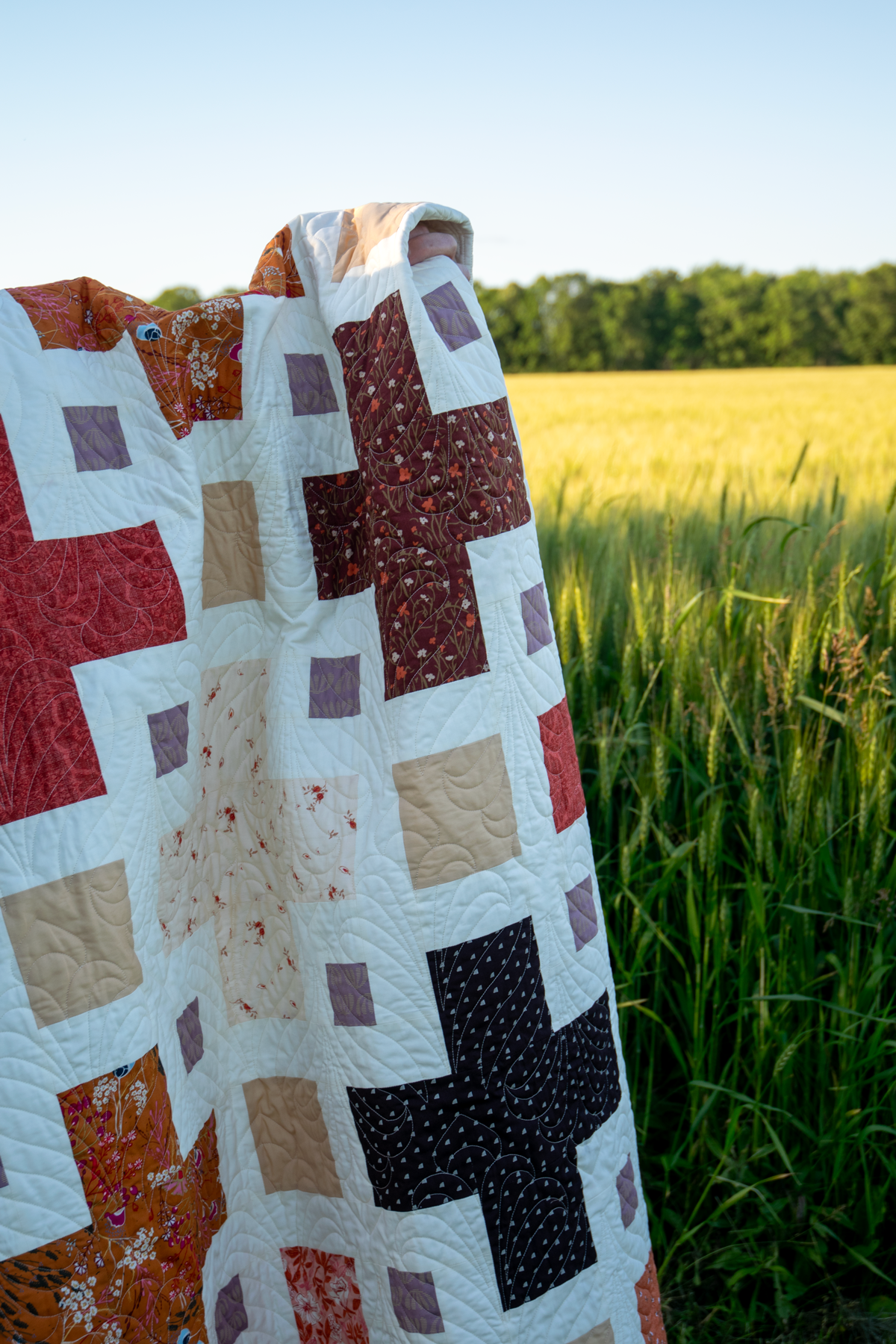



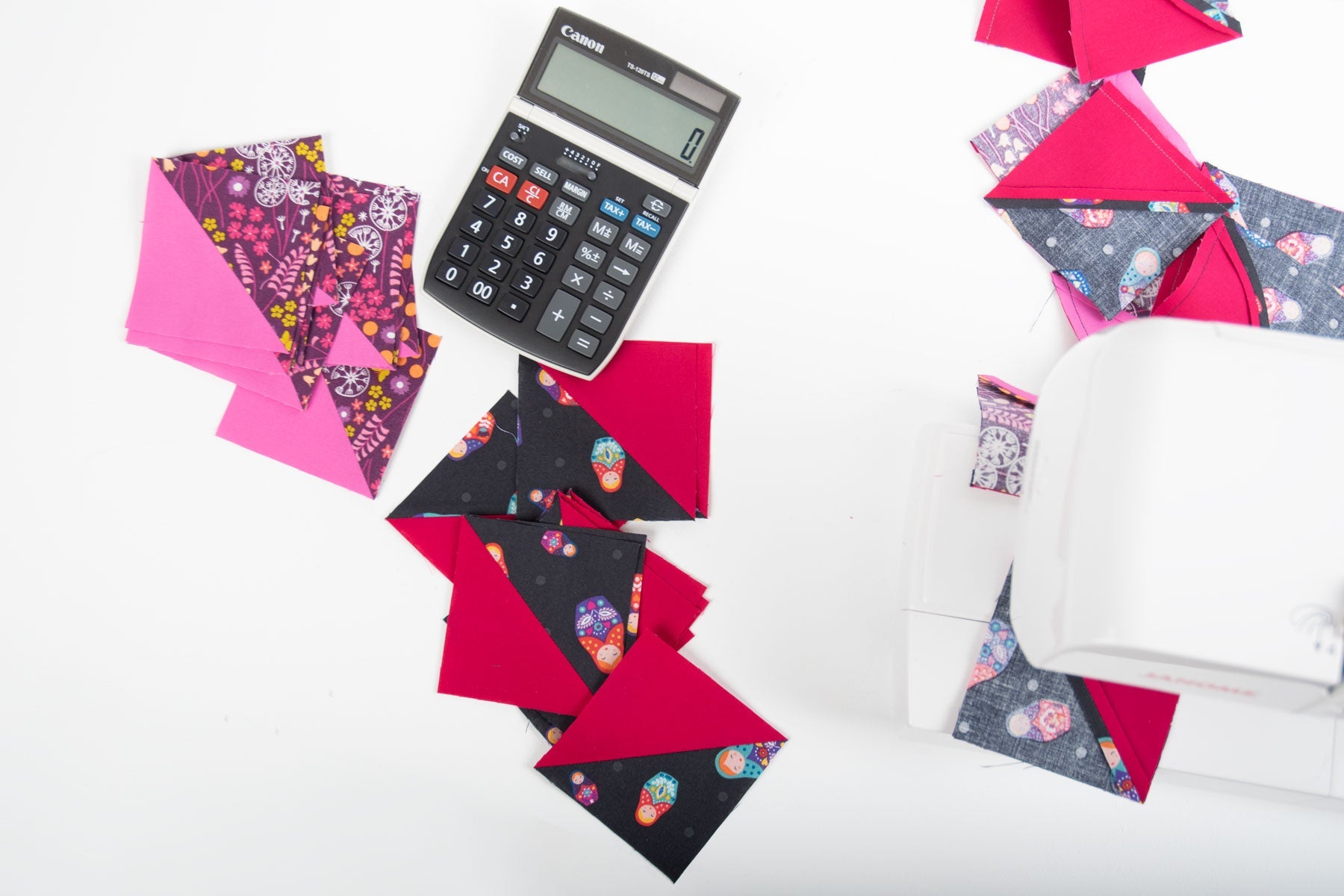
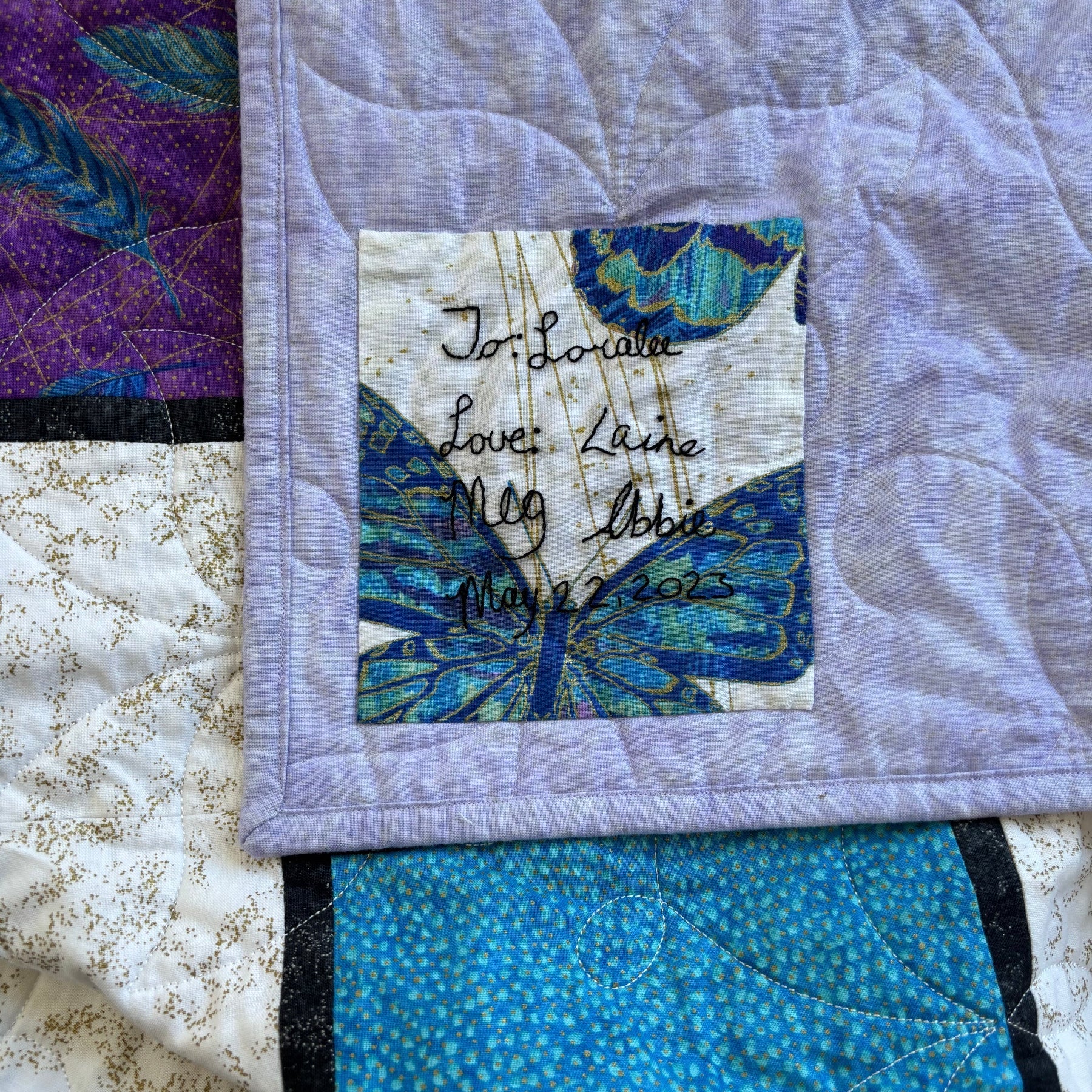

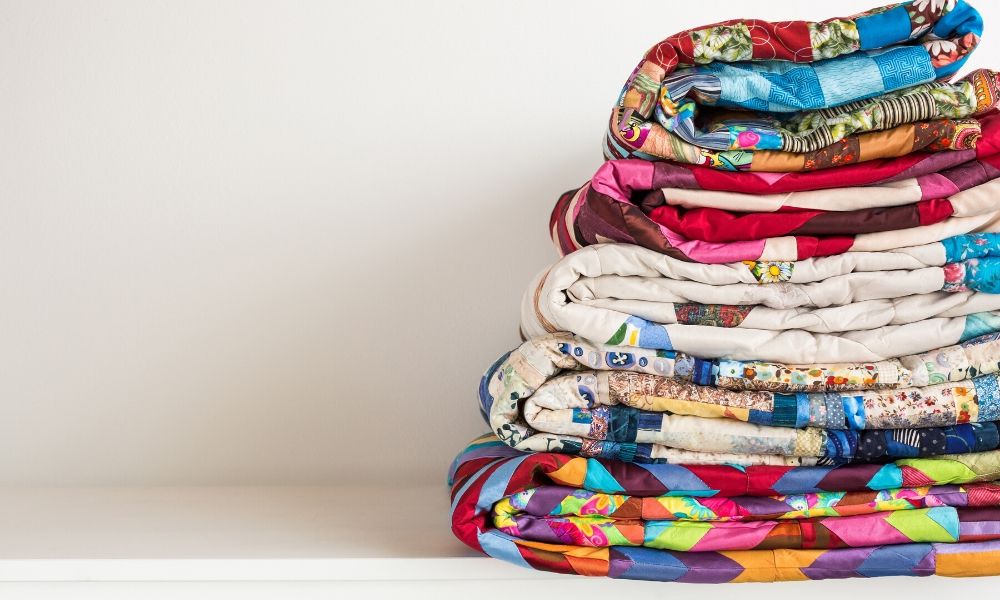
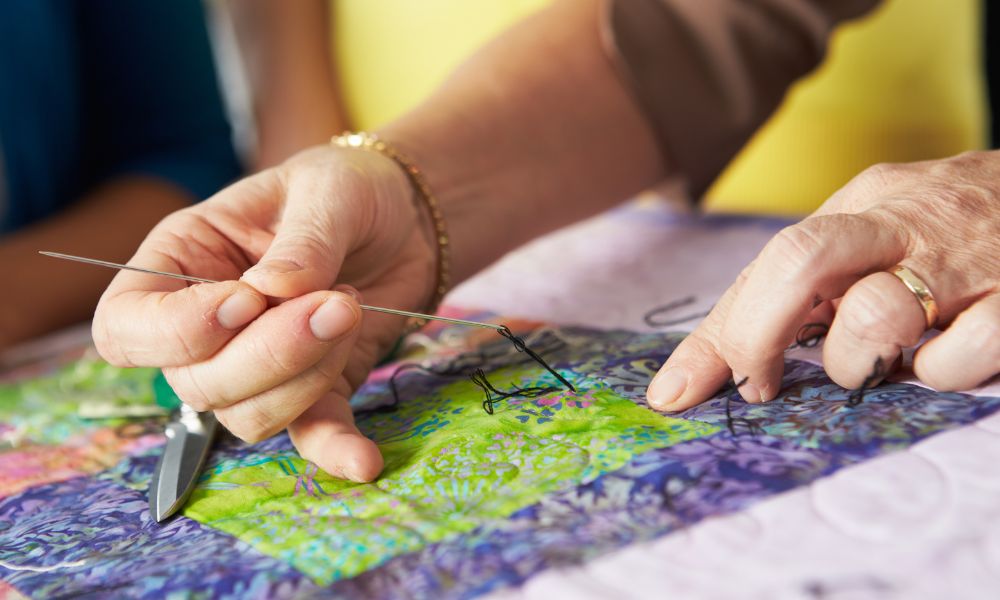

Comments